Product details
Megaloolithus Dinosaur Eggshell, LG size.
Megaloolithus is a genus of dinosaur eggshells that has provided valuable insights into the reproductive biology and development of certain dinosaur species. The name “Megaloolithus” roughly translates to “large stone egg,” reflecting the significant size of these fossils compared to many other dinosaur eggs.
Key Points about Megaloolithus:
Eggshell Characteristics: Megaloolithus eggshells are notable for their large size and thick, robust structure. The eggshells often exhibit a distinctive texture with a complex arrangement of structural elements. This structure indicates that the eggs were well-protected and had a significant degree of mechanical strength.
Taxonomy: The exact dinosaurs that laid Megaloolithus eggs are still a matter of scientific debate. The eggshells are typically associated with large theropods, particularly those from the Late Cretaceous period, such as the giant theropod Therizinosaurus or large sauropods. However, the specific identification of the egg layers remains uncertain.
Geological Context: Megaloolithus fossils have been found primarily in sediments dating to the Late Cretaceous period, around 70 to 80 million years ago. These fossils have been discovered in various locations across Europe and Asia, providing valuable data on the geographic distribution of these large dinosaurs.
Paleobiology Insights: Studying Megaloolithus eggshells helps paleontologists understand the nesting behaviors and reproductive strategies of the dinosaurs that laid them. The robust nature of the eggshells suggests that these dinosaurs might have had specific nesting environments or behaviors to protect their eggs and developing embryos.
Fossil Preservation: The preservation of Megaloolithus eggshells can vary, but they are often found in fragmented or partial states. Nonetheless, these fragments can still provide important information about the egg’s structure and the conditions under which it was laid.
Prehistoric 101 (Learn about fossils, minerals, and meteorites)
Spinosaurus: The Giant of Kem Kem?
Tell me about Dinosaurs
Discovering Prehistoric Life and Fossils


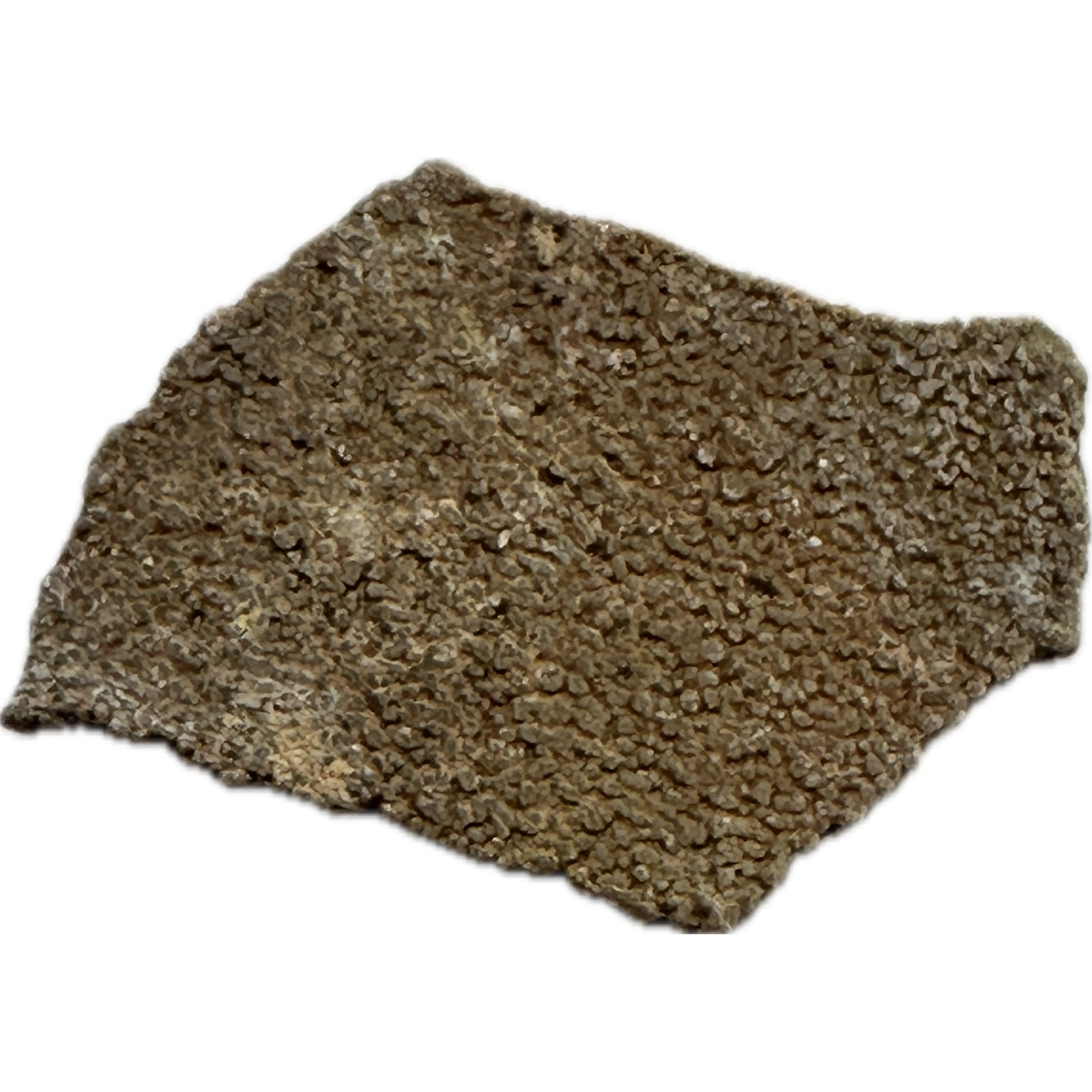
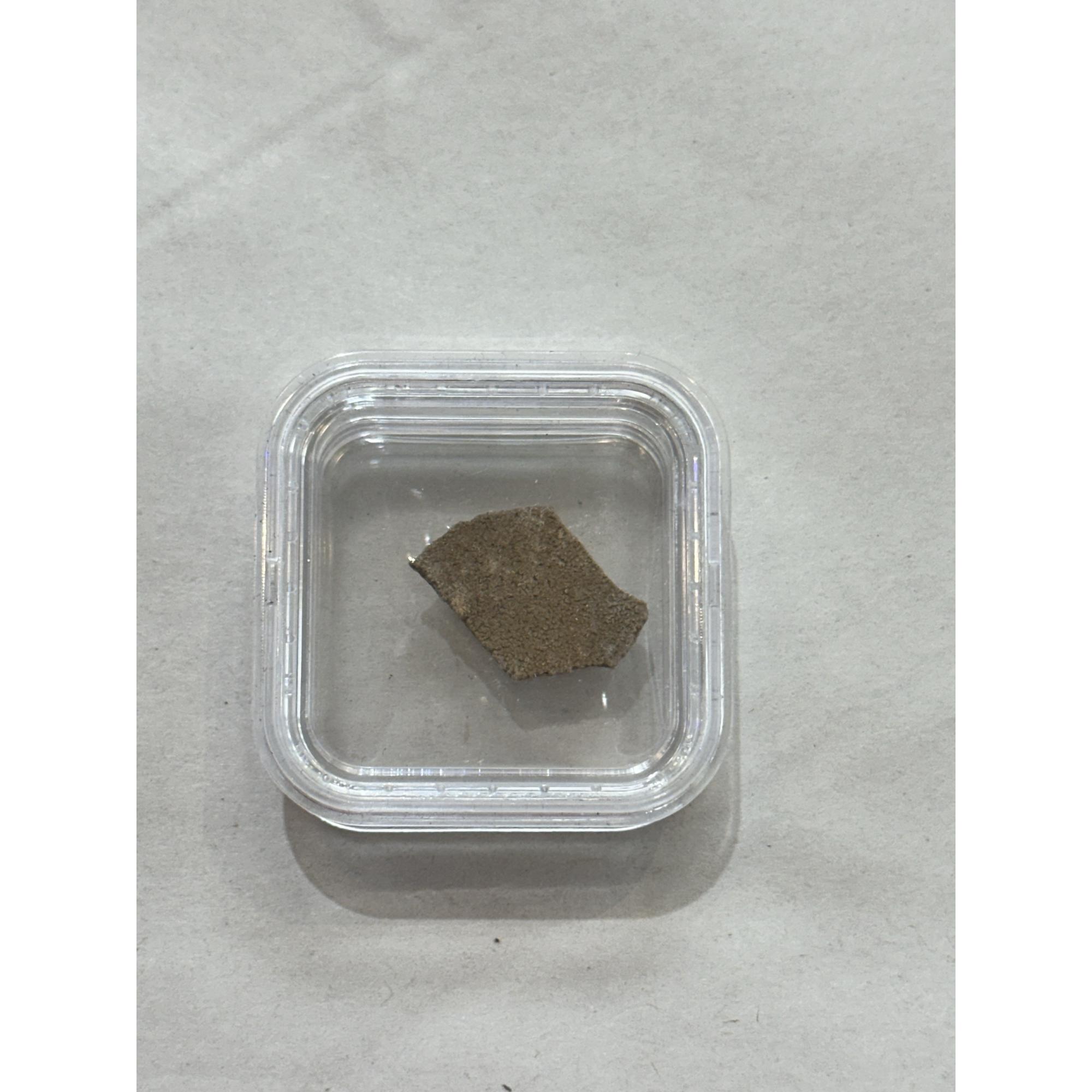
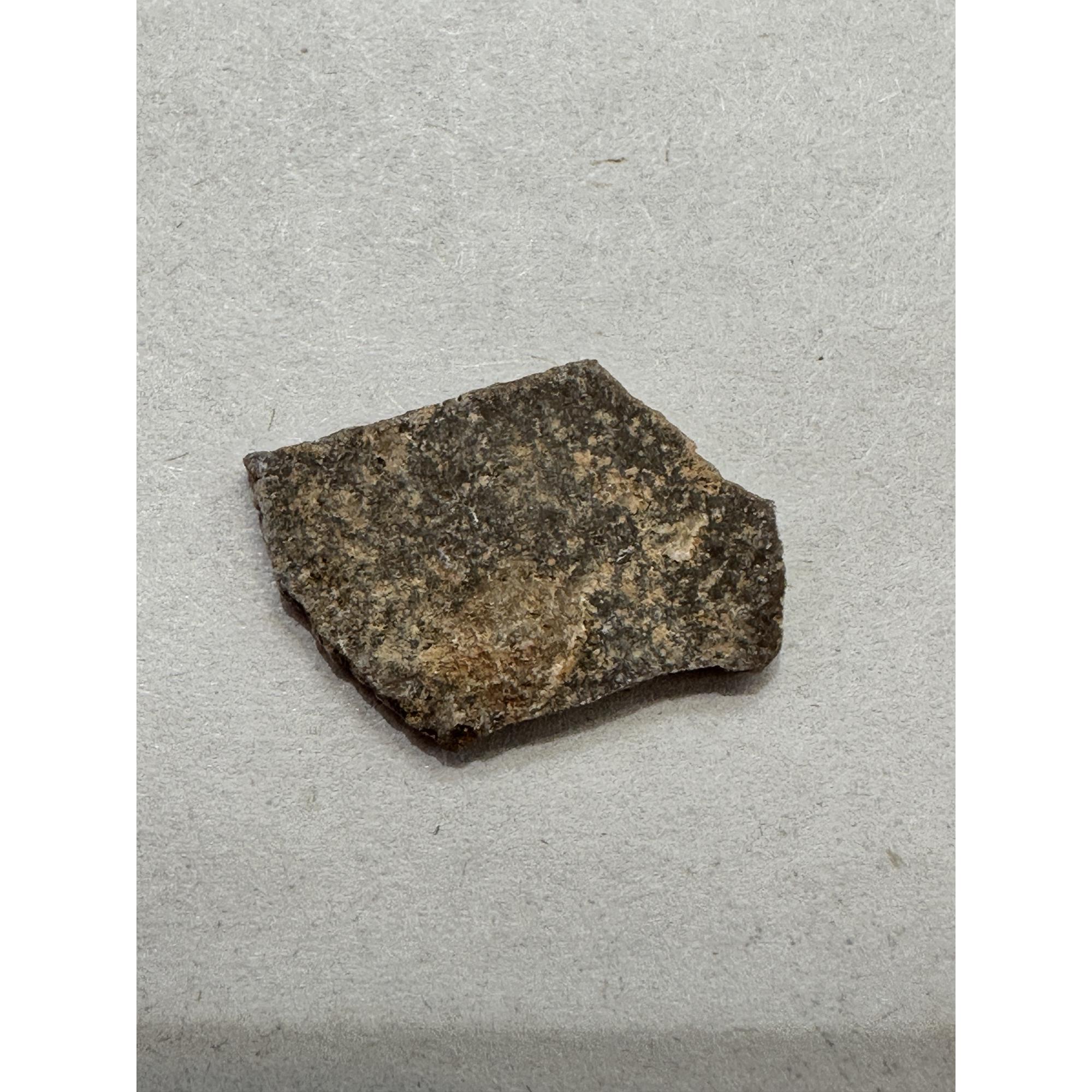
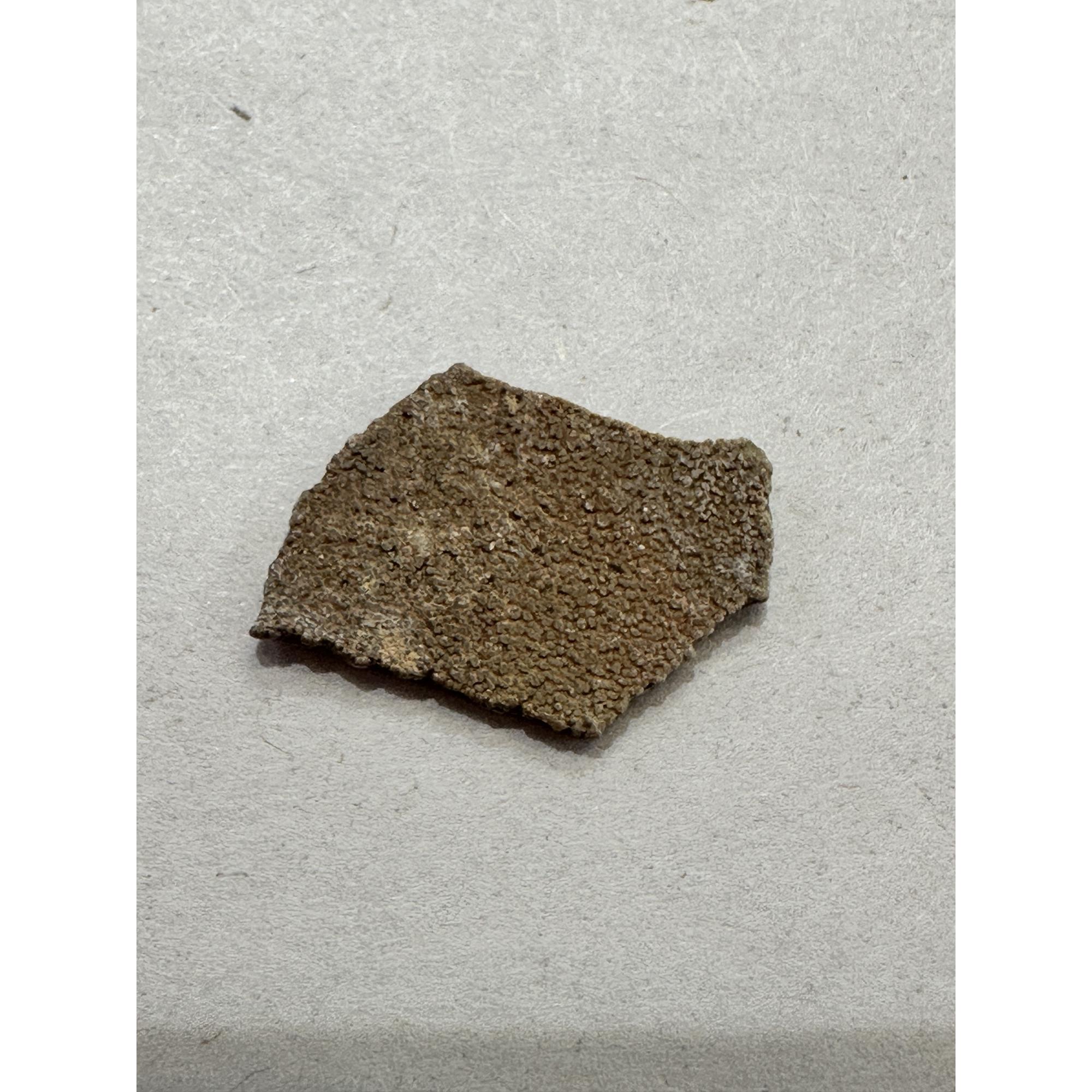
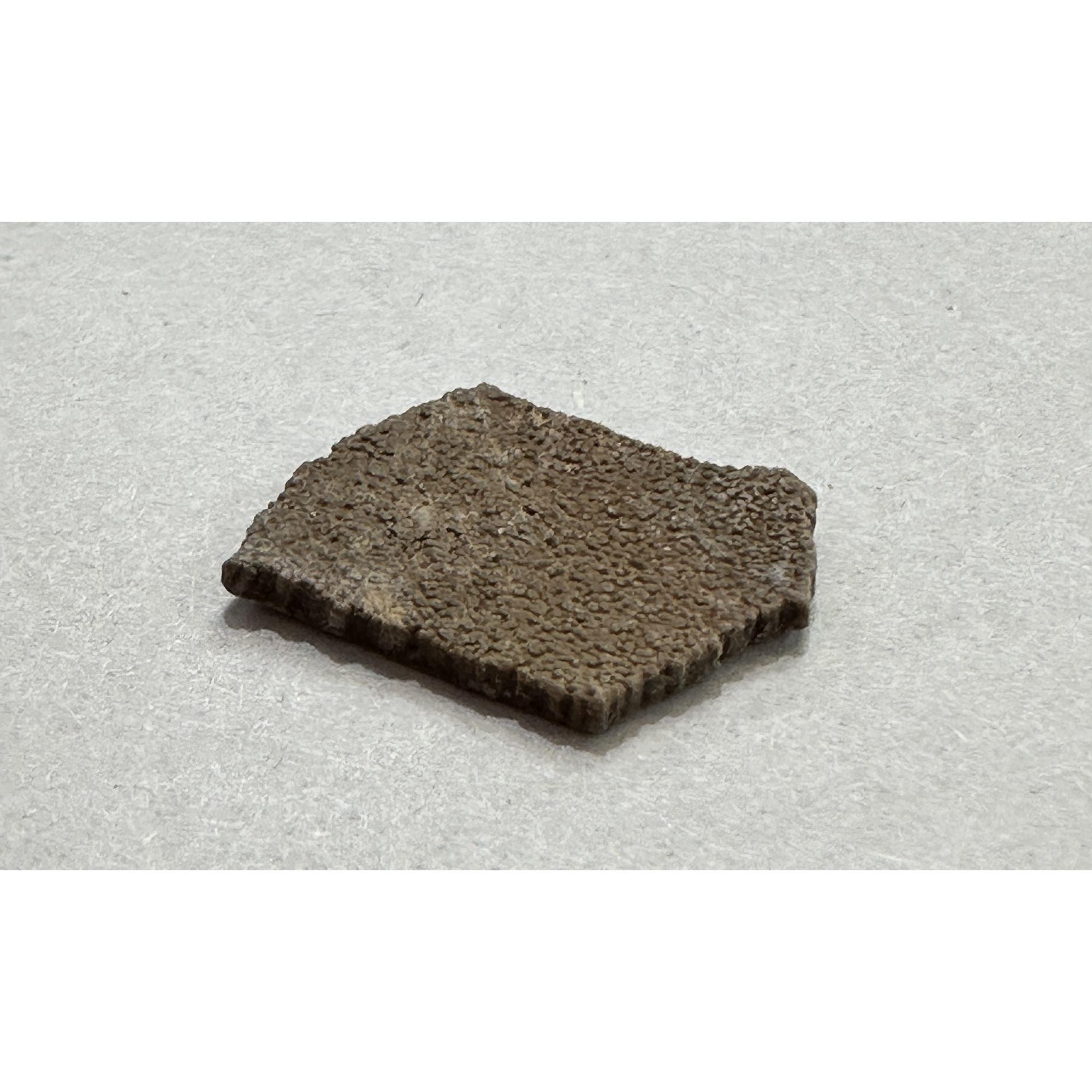
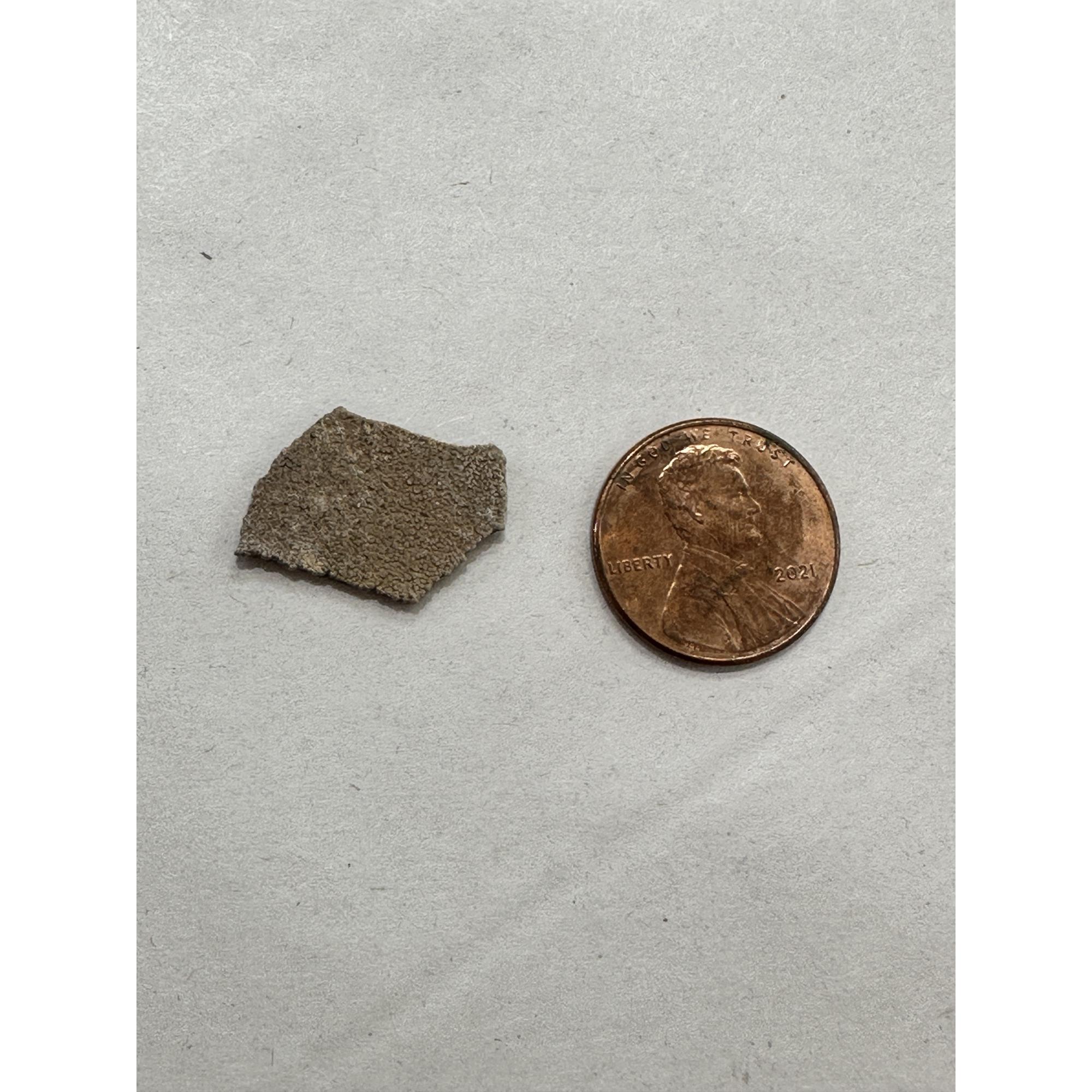

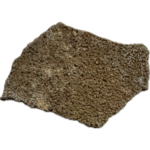
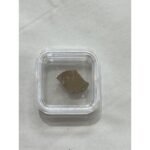
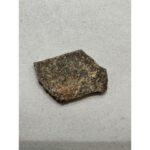
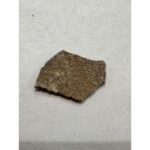
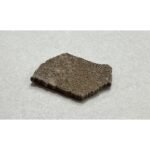
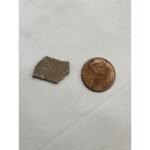
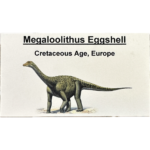
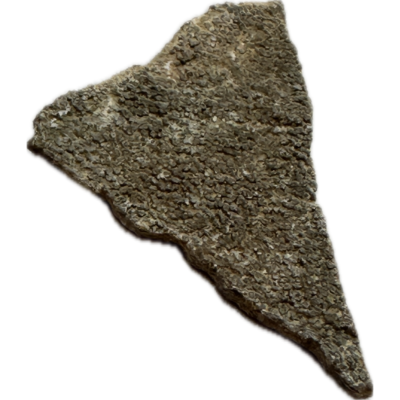
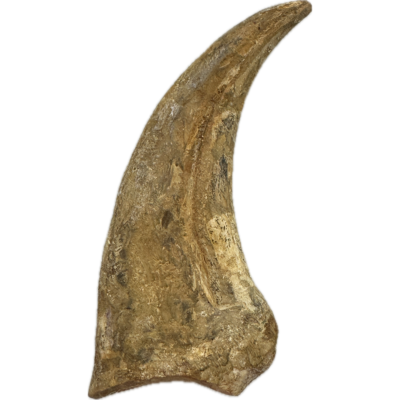

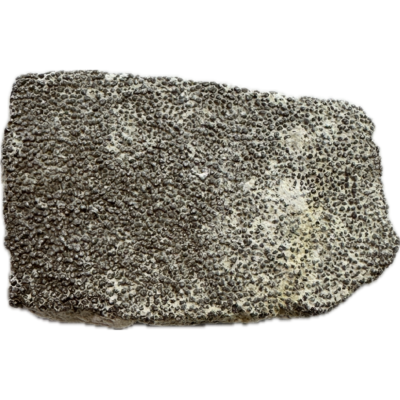
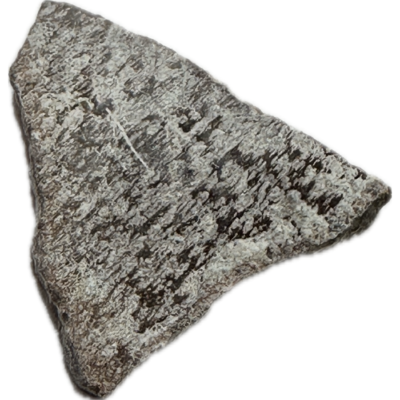
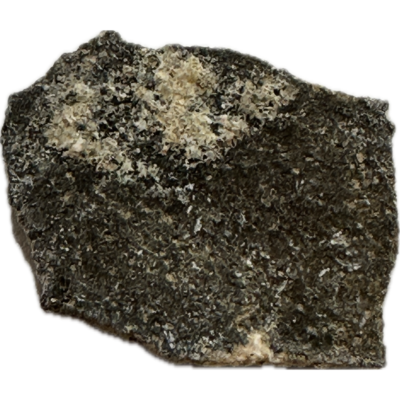
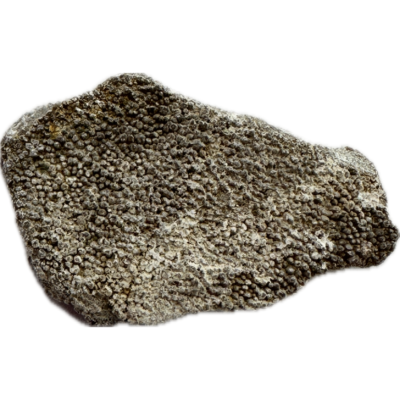

There are no reviews yet.